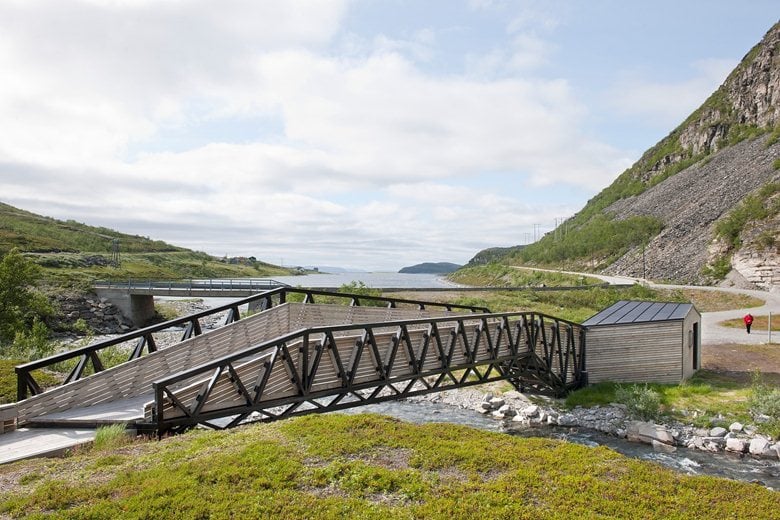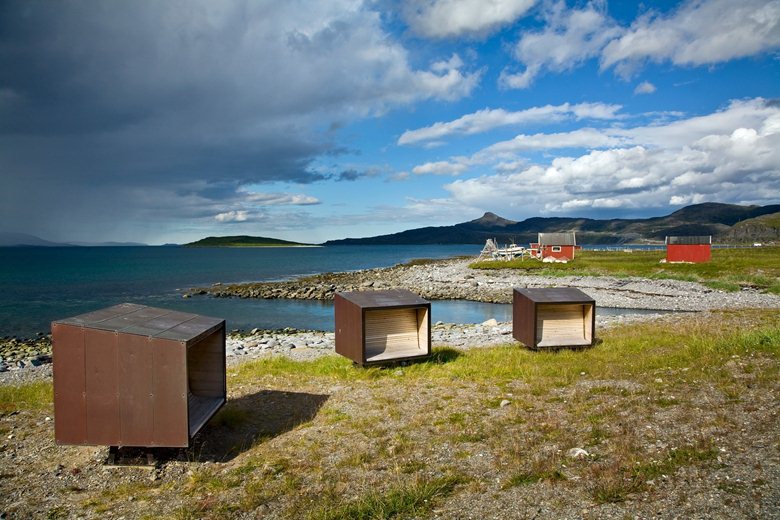PUSHAK
Architecture Firm Oslo / Norway
 10
10
PUSHAK AS was founded as a joint-stock company in 2008. The partners Camilla Langeland, Sissil Morseth gromholt, Marthe Melbye and Gyda Drage Kleiva have worked together on architectural assignments since 2002.
In the last century, Architecture has forgotten how to adapt to climate, and hence to the human body. This has lead to environments that are unpleasant to be in, and buildings that use too much energy. By considering wind and sun, more comfort can be achieved with less recourses; this is the credo for both the tiny boxes on the beach in Finnmark and for our urban housing developments. In a commercialized industry, the established virtues of architecture are as important as ever; virtues like functionality, finding a good location, choosing the appropriate material, beauty. An architecture for everybody is made of the intimate spaces of everyday. Context is key, natural or urban. Each site’s plants, people, stones, cents, sounds, colors, light and vistas are our sources of inspiration.
PUSHAKs portfolio of built work include homes, rests stops, a crematorium and a kindergarten. Currently four more homes are under construction. PUSHAKs most important work has been won in design competitions: Vestfold Crematorium, Moss your City at the Architecture Foundation, Rommen Sustainable Housing and the Gateways to Sjunkhatten National Park.
Other distinctions include listing in Wallpapers Architects Directory 2008, 1st price in Ideas Competition for World Renewable Energy Conference 2000, and a prequalification to design a large housing development in Oslo (Bispevika). The road stops are included in the travelling exhibition “Detour”, and are published in various international magazines of architecture and landscape architecture.

PUSHAK AS was founded as a joint-stock company in 2008. The partners Camilla Langeland, Sissil Morseth gromholt, Marthe Melbye and Gyda Drage Kleiva have worked together on architectural assignments since 2002. In the last century, Architecture has forgotten how to adapt to climate, and hence to the human body. This has lead to environments that are unpleasant to be in, and buildings that use too much energy. By considering wind and sun, more comfort can be achieved with less recourses; this is...

- Gyda Drage Kleiva
- Partner

- Marthe Melbye
- Partner

- Camilla Langeland
- Partner

- Sissil Gromholt
- Partner

 17
17
 23
23